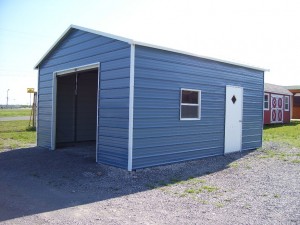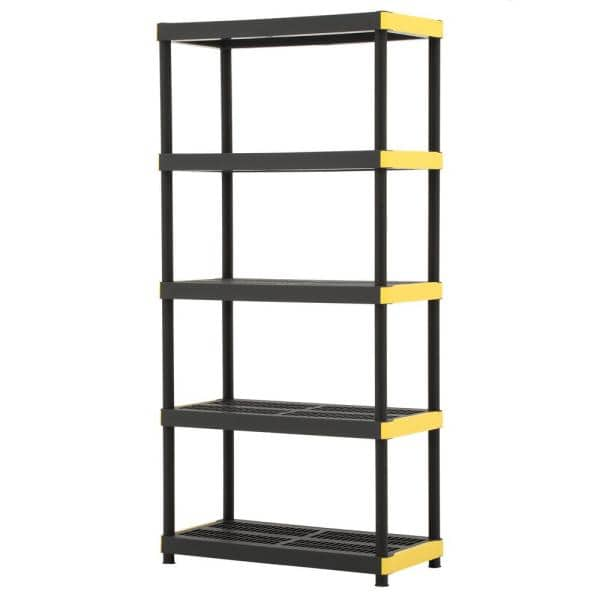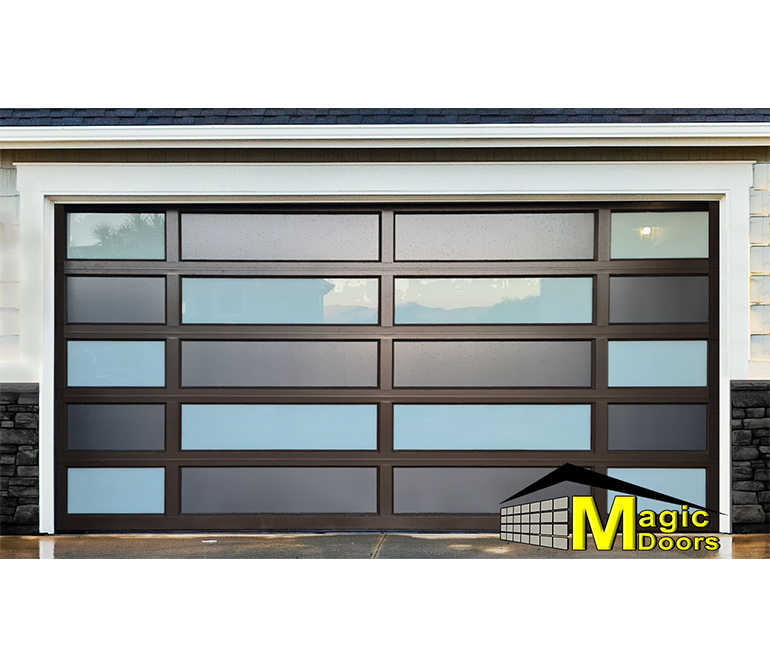
If you want to add living space to your property, converting a detached garage into a part of your home is an attractive option. This will allow you to add living space for your family and friends as well as increase the home's overall value.
There are many ways to convert your space. There are many options available to convert the space to your liking, whether you need it as an office at home or a playroom. Even a garage can be converted to a cottage or apartment. This can be an economical way to add living space.
It is important to contact your local planning authority if you are considering a detached garage conversion. Your local planning authority will help you determine whether your proposed changes are allowed in the area. Depending on the size and location of the house, you may need a change of use permit and planning permission. In some cases, you may be required to pay a fee to remove restrictive covenants.

A structural engineer should be consulted when converting a garage. They can help you size the foundations, advise on the best position to access the garage, and ensure that the building is safe to live in. The architect can also offer design input and advice about how to link the new space to other areas of the house.
You can also choose to build an attached garage. A detached garage can be used to add space to your living area by removing walls. It is more straightforward than a detached garage conversion but requires planning permission.
Garage annexes are often configured with bedrooms, bathrooms and kitchens. These are great for families who have relatives staying or children returning from college or university. For your family's safety and that of your neighbors, your room should be well insulated. Some annexes are not allowed in conservation areas.
When converting a detached garage into a separate dwelling, you should also consider whether you will need to make any changes to your electrical or plumbing systems. You may have to add additional sockets or new mains supplies to support the extra load. The garage's door could also need to repaired or replaced.

Moving your own stuff can save you money and help to remove debris from the building. However, this is more time-consuming and you may need to have a more complex project in order to achieve your goals.
Specialists can help you get a free quote if you're unsure about how to transform your garage. These specialists will be able to work with you to ensure that the building is constructed in accordance with your needs, and can even help you obtain planning permission and building regulations.
Once you have a project coordinator, you can relax in your new space and enjoy it. As long as you have a clear idea of what you want, and you know what you can and can't do, a garage conversion can be a fun and exciting way to expand your living area.
FAQ
How can I tell if my home needs to be renovated or remodelled?
First, check to see whether your home was updated in recent years. A renovation might be in order if the home has not been updated for some time. If your home appears brand-new, you might consider a renovation.
A second thing to check is the condition of your house. A renovation may be necessary if your home has holes in its drywall, cracked wallpaper, or missing tiles. It's possible to remodel your home if it looks good.
Also, consider the general condition of your property. Is your house structurally sound? Do the rooms look nice? Are the floors spotless? These are essential questions to consider when choosing the type of remodeling you want.
What is included in a full kitchen remodel?
A complete kitchen renovation involves more than simply replacing the sink and faucet. Cabinets, countertops, appliances and lighting fixtures are just a few of the many options available.
A complete kitchen remodel allows homeowners the opportunity to upgrade their kitchens without any major construction. This means that no demolition is required, making the project easier for both the homeowner and the contractor.
Kitchen renovations include various services, including electrical, plumbing, HVAC, carpentry, painting, and drywall installation. Depending on the extent of the kitchen remodel, multiple contractors may be required.
It is best to work with professionals who have experience in kitchen remodeling. Small issues can lead to delays when there are many moving parts involved in a kitchen remodel. DIY projects can cause delays so make sure you have a backup plan.
What should I do about my cabinets?
It depends on whether your goal is to sell or rent out your house. If you're planning to sell, you'll probably want to remove and refinish the cabinets. This gives buyers the impression that they're brand new and helps them envision their kitchens after moving in.
If you are looking to rent your house, it is best to leave the cabinets as-is. Renters often complain about dealing with dirty dishes and greasy fingerprints left behind by previous tenants.
You might also think about painting your cabinets to make them appear newer. Use a high-quality primer. Low-quality paints can become brittle over time.
What are the biggest expenses in remodeling a kitchen?
There are several major costs involved in a kitchen remodel. These include demolition, design fees, permits, materials, contractors, etc. Although these costs may seem relatively small, if you take them all together, they can quickly add up. They quickly grow when added together.
Demolition is most likely the most expensive. This includes the removal of old cabinets, countertops, flooring, and appliances. Next, you will need to remove insulation and drywall. You must then replace these items with new ones.
You will need to hire an architect for plans. You will need permits to ensure your project meets the building codes. After that, you have to find someone to do the actual construction.
Finally, once the job is done, you have to pay the contractor to finish the job. Depending on the size of the job, you could spend between $20,000 to $50,000. Before hiring a contractor, it is vital to get estimates from multiple people.
Planning can help you avoid many of these expenses. You might be able negotiate better materials prices or skip some work. You can save money and time if you are clear about what you need to do.
For example, many people try to install their cabinets. Because they don't have professional installation fees, this is a way to save money. It is often more expensive to have professional installation services. A job can typically be done in half the time than it would take for you by professionals.
Another way to save is to purchase unfinished materials. It is important to wait until all pieces have been assembled before buying pre-finished materials, such as cabinets. You can immediately use unfinished materials if you purchase them. Even if it doesn't go according to plan, you can always change your mind later.
But sometimes, it isn't worth going through all this hassle. Plan is the best way to save on home improvements.
How long does it take for a bathroom remodel?
Two weeks is typical for a bathroom remodel. However, it all depends on how big the project is. Some jobs, such installing a vanity and adding a shower stall, can take only a couple of days. Larger jobs, like removing walls, installing tile floors and fitting plumbing fixtures, may take several days.
It is a good rule to allow for three days per room. If you have four bathrooms, then you'd need 12 days.
What is the difference of a remodel and renovation?
Remodeling is the major alteration to a space or a part of a space. A renovation is minor changes to a room, or a portion of a bedroom. A bathroom remodel, for example, is a major undertaking, while a new sink faucet is minor.
Remodeling involves replacing a complete room or a part of a entire room. A renovation is only changing something about a room or a part. A kitchen remodel might include the replacement of countertops, sinks as well as appliances, lighting, and other accessories. An update to a kitchen could involve painting the walls or installing a new light fixture.
Statistics
- 55%Universal average cost: $38,813Additional home value: $22,475Return on investment: 58%Mid-range average cost: $24,424Additional home value: $14,671Return on investment: (rocketmortgage.com)
- $320,976Additional home value: $152,996Return on investment: 48%Mid-range average cost: $156,741Additional home value: $85,672Return on investment: (rocketmortgage.com)
- 5%Roof2 – 4%Standard Bedroom1 – 3% (rocketmortgage.com)
- Following the effects of COVID-19, homeowners spent 48% less on their renovation costs than before the pandemic 1 2 (rocketmortgage.com)
- Attic or basement 10 – 15% (rocketmortgage.com)
External Links
How To
How to Remove Tile Grout from Floor Tiles
Most people don’t realize they use tile grouting. It is used in sealing joints between tiles. There are many types available today. Each is used for a specific purpose. Here we will show you how to remove tile grout from floor tiles.
-
First, you must ensure you have all the tools needed before starting this process. A grout cutter, grout scraper and some rags are all essential.
-
Now you must clean any dirt or debris under the tile. Use the grout cutter to cut away at the grout and gently scrape away any loose pieces. You must be careful not to scratch any tiles.
-
After cleaning everything, take out the grout scraper. Use it to clean up any grout left behind. If you don't have any grout, you can continue to step 4.
-
You can now move on to the next stage after you have completed all your cleaning. You can now take one of the rags, and soak it in some water. You want to make sure that the rag gets completely wet. When the rag has become soaked, wring it out, so that excess water stays inside the rag.
-
Place the wet paper towel at the joint of the tile and wall. Continue pressing down on the rag until you see the grout begin to fall apart. Slowly pull down on the rag until it is pulled towards you. Continue pulling it backwards and forwards until all the grout has been removed.
-
Continue with steps 4 through 5, until the grout is completely removed. Rinse your ragout. If necessary, repeat the process.
-
When you are done removing grout, clean the tiles using a damp cloth. Let dry thoroughly.